Can All Cameras Do Time Lapses ?
Not all cameras have the capability to do time lapses. Some cameras, especially basic point-and-shoot models, may not have the necessary features or settings to capture time-lapse sequences. However, many modern digital cameras, including DSLRs and mirrorless cameras, offer time-lapse functionality. These cameras often have dedicated time-lapse modes or settings that allow users to easily capture and create time-lapse videos. Additionally, there are also external intervalometers or remote shutter releases that can be used with cameras to enable time-lapse photography. It is important to check the specifications and features of a camera to determine if it has the capability to do time lapses.
1、 Time-lapse capability varies among different camera models.
Time-lapse photography has become increasingly popular in recent years, allowing photographers and videographers to capture stunning sequences of events that occur over an extended period of time. However, not all cameras are capable of capturing time-lapse footage.
Time-lapse capability varies among different camera models. While many modern cameras, especially those in the higher-end range, offer built-in time-lapse features, not all cameras have this functionality. Some entry-level or older models may lack the necessary settings or software to create time-lapse sequences directly on the camera.
However, even if a camera does not have built-in time-lapse capabilities, it is still possible to create time-lapse footage using external devices or software. For example, intervalometers can be attached to cameras to control the timing and intervals between shots, allowing users to manually create time-lapse sequences. Additionally, there are various software programs available that can be used to compile a series of images into a time-lapse video.
It is worth noting that the latest camera models often come equipped with advanced time-lapse features. These cameras may offer more control over settings such as interval length, exposure, and playback speed. Some cameras even have built-in intervalometers, making it easier for users to create time-lapse sequences without the need for additional accessories.
In conclusion, while not all cameras have built-in time-lapse capabilities, it is still possible to create time-lapse footage using external devices or software. The availability of time-lapse features varies among different camera models, with the latest models often offering more advanced options.
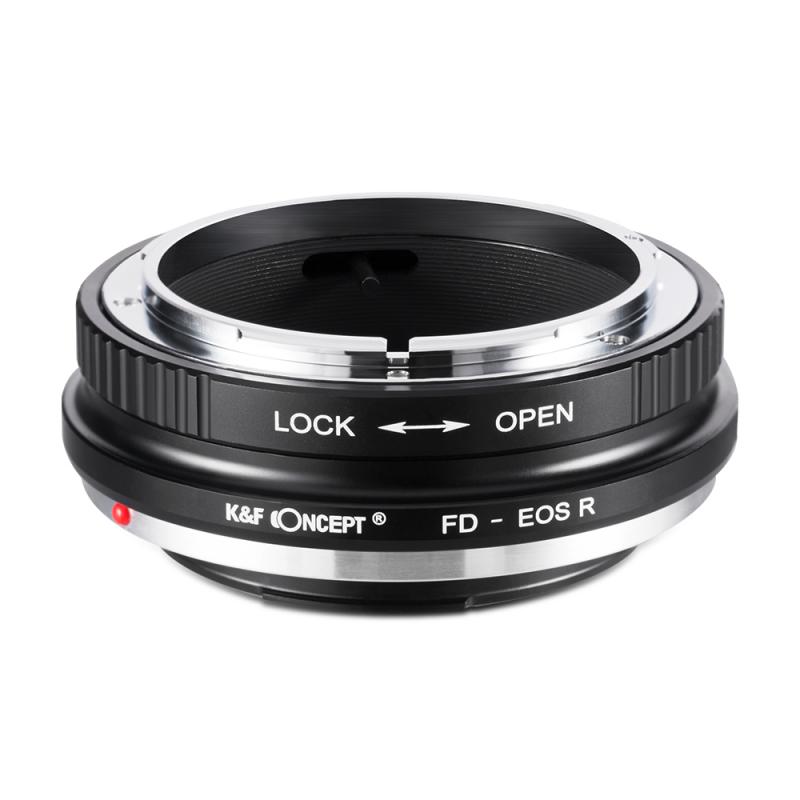
2、 Not all cameras have built-in time-lapse functionality.
Not all cameras have built-in time-lapse functionality. While many modern cameras, especially those in the higher-end range, do offer this feature, it is not a standard feature across all cameras.
Time-lapse photography involves capturing a series of images at set intervals and then playing them back at a faster speed to create a video that shows the passage of time. This technique is commonly used to capture the movement of clouds, the blooming of flowers, or the construction of a building, among other things.
Cameras that have built-in time-lapse functionality often have dedicated settings and menus that allow users to easily set the interval between shots, the duration of the time-lapse, and other parameters. These cameras may also have the ability to automatically compile the images into a time-lapse video file.
However, even if a camera does not have built-in time-lapse functionality, it is still possible to create time-lapse videos using external tools or software. For example, some cameras may have an intervalometer feature that allows users to set the camera to take photos at specific intervals. This feature can be used to capture the images needed for a time-lapse sequence, which can then be compiled into a video using post-processing software.
Additionally, there are standalone intervalometers available in the market that can be connected to cameras to enable time-lapse photography. These devices can be used with a wide range of cameras, regardless of whether they have built-in time-lapse functionality or not.
In conclusion, while not all cameras have built-in time-lapse functionality, it is still possible to create time-lapse videos using external tools or software. The availability of this feature depends on the specific camera model and its intended use.
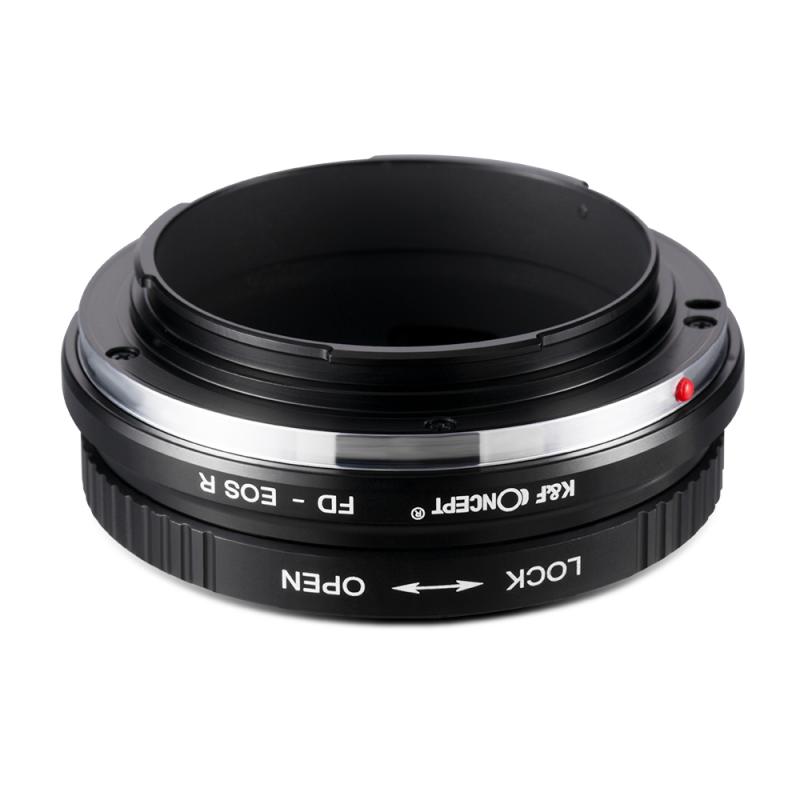
3、 Some cameras require additional accessories or software for time-lapse.
Some cameras require additional accessories or software for time-lapse. While many modern cameras have built-in time-lapse features, not all cameras are capable of capturing time-lapse footage without the need for extra tools or software.
The ability to shoot time-lapse videos depends on various factors, including the camera's firmware, hardware capabilities, and software features. High-end DSLRs and mirrorless cameras often come equipped with built-in intervalometers, which allow users to set specific time intervals between each frame. These cameras can capture a series of images over a period of time, which can then be compiled into a time-lapse video.
However, not all cameras have this feature built-in. In such cases, additional accessories like intervalometers or remote shutter releases may be required. These accessories enable users to control the camera's shutter at specific intervals, allowing for the capture of time-lapse sequences.
Furthermore, some cameras may require specific software to process the captured images into a time-lapse video. This software can be either provided by the camera manufacturer or third-party applications. It allows users to import the image sequence and adjust settings such as frame rate, playback speed, and output format.
It's worth noting that the latest advancements in camera technology have made time-lapse features more accessible. Many entry-level and mid-range cameras now offer built-in intervalometers, making it easier for users to create time-lapse videos without the need for additional accessories or software.
In conclusion, while not all cameras can do time-lapses without additional accessories or software, the availability of built-in intervalometers and advancements in camera technology have made it more accessible for a wider range of cameras.
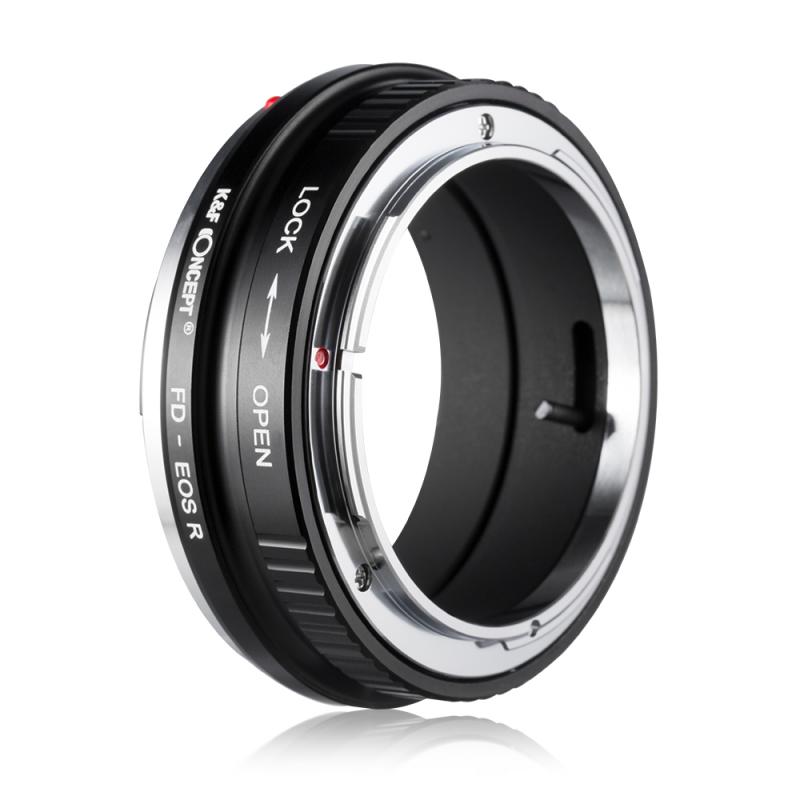
4、 Time-lapse features may be limited or advanced depending on camera.
Time-lapse photography is a technique that captures a series of images over a period of time and then plays them back at a faster rate, creating a sped-up video effect. While time-lapse photography has become increasingly popular, not all cameras are capable of performing this function.
The ability to shoot time-lapse videos depends on the camera's features and capabilities. Basic point-and-shoot cameras may not have built-in time-lapse functionality, as they are designed for simple photography. However, many modern digital cameras, including DSLRs and mirrorless cameras, offer time-lapse features. These cameras often have dedicated modes or settings specifically for time-lapse photography, allowing users to easily set the interval between shots and the duration of the final video.
In recent years, even smartphones have started to include time-lapse capabilities in their camera apps. This has made time-lapse photography more accessible to a wider audience, as most people carry a smartphone with them at all times.
It's important to note that the time-lapse features may be limited or advanced depending on the camera. Higher-end cameras often provide more control over the time-lapse settings, such as exposure, interval, and playback speed. Some cameras even have built-in intervalometers, which allow for more precise control over the timing of each shot.
Additionally, there are also external devices, such as intervalometers or remote triggers, that can be used to enable time-lapse functionality on cameras that do not have it built-in. These devices connect to the camera and control the timing of the shots, allowing users to create time-lapse videos.
In conclusion, while not all cameras have the ability to shoot time-lapse videos, many modern cameras, including smartphones, offer this feature. The extent of the time-lapse capabilities may vary depending on the camera's specifications, with higher-end cameras typically providing more advanced options.
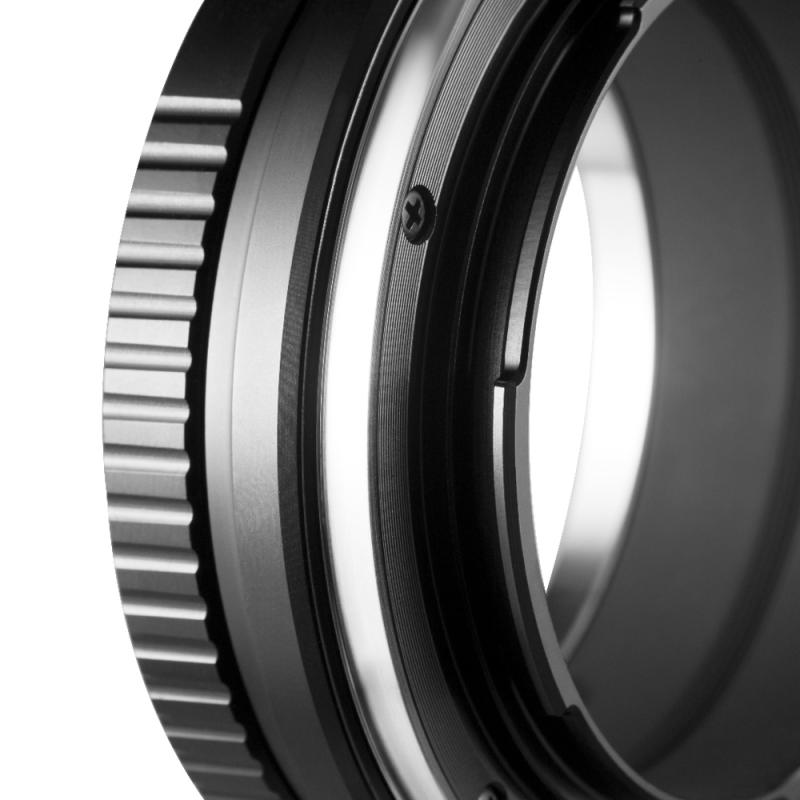








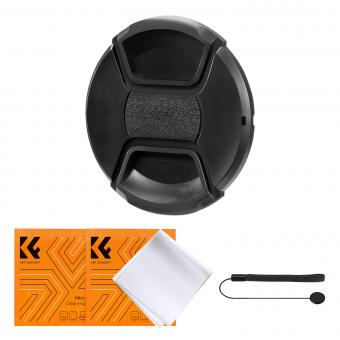





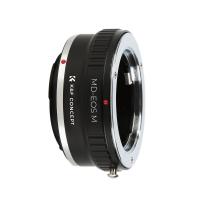
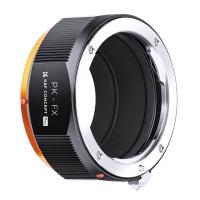
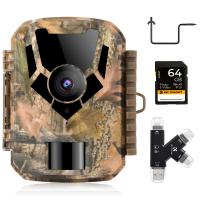


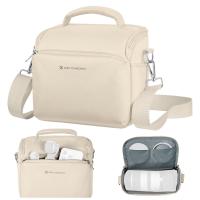


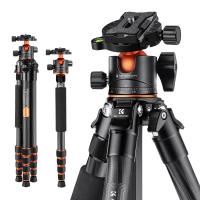

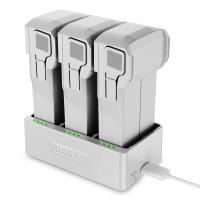
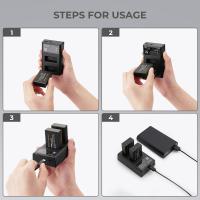

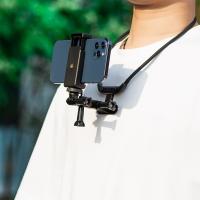
There are no comments for this blog.